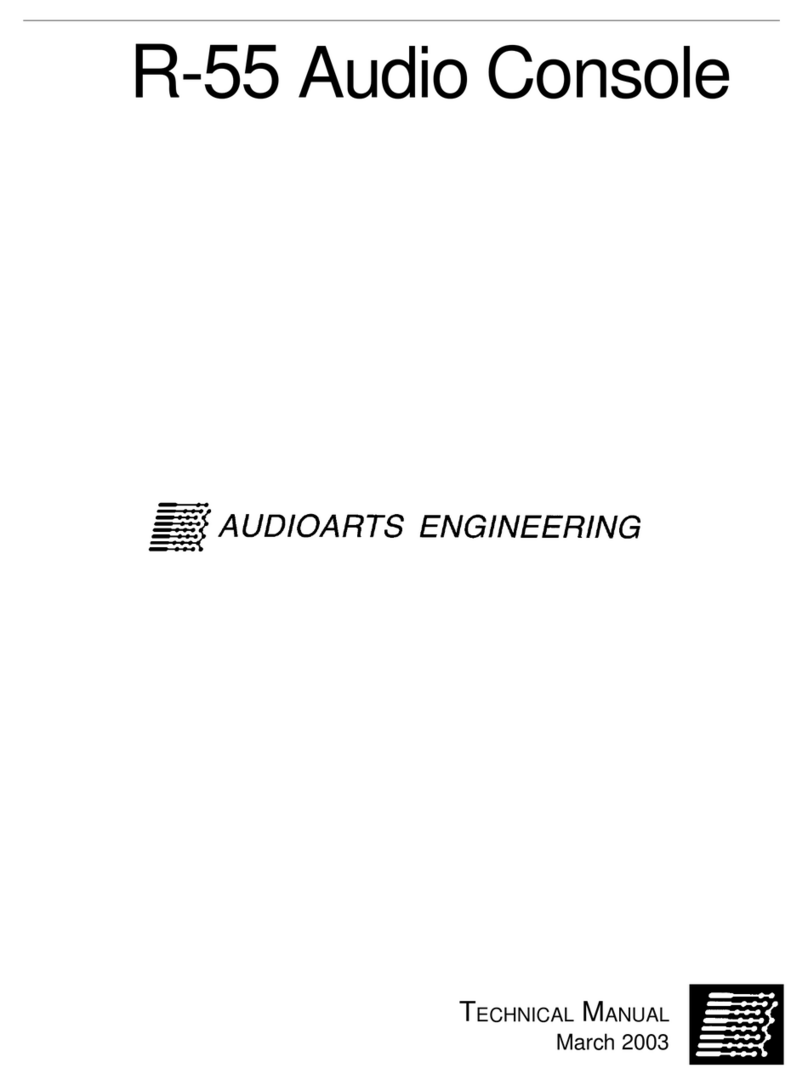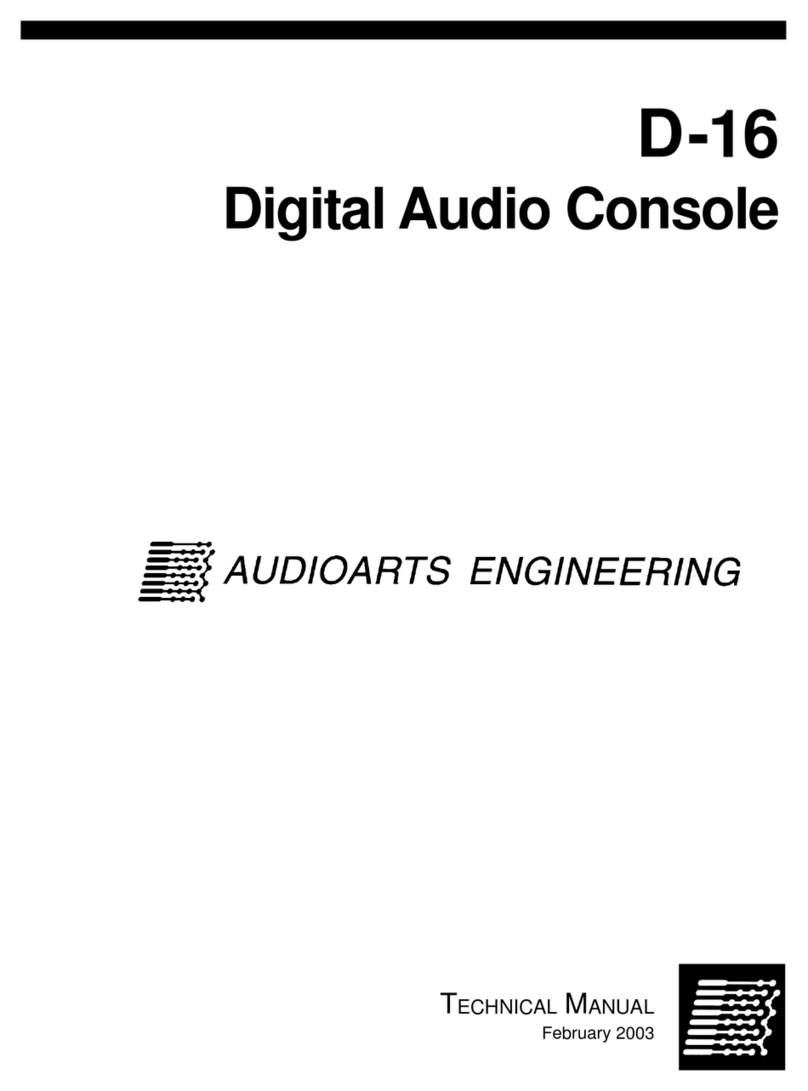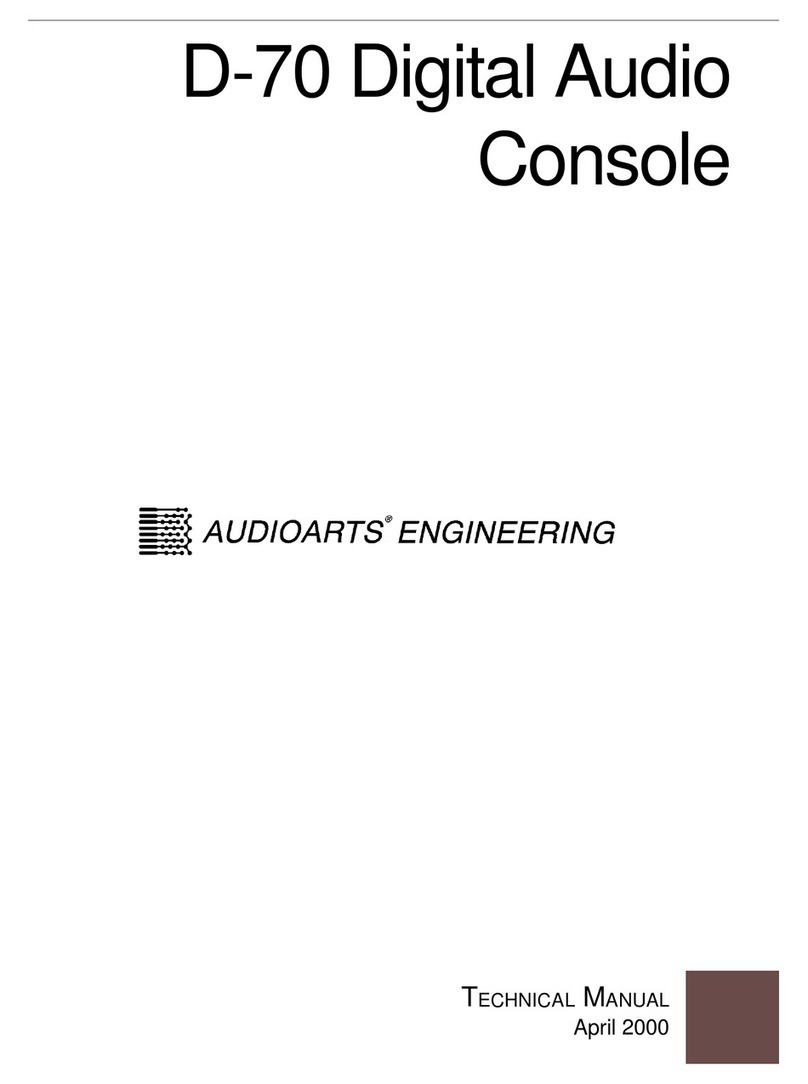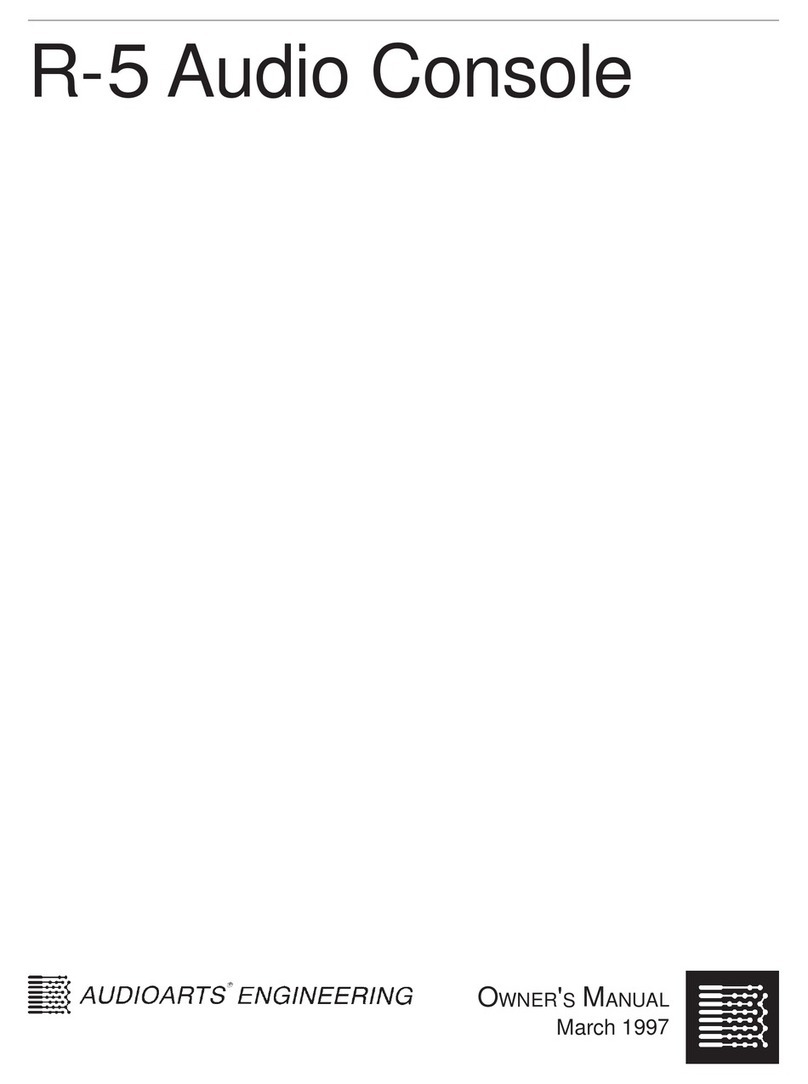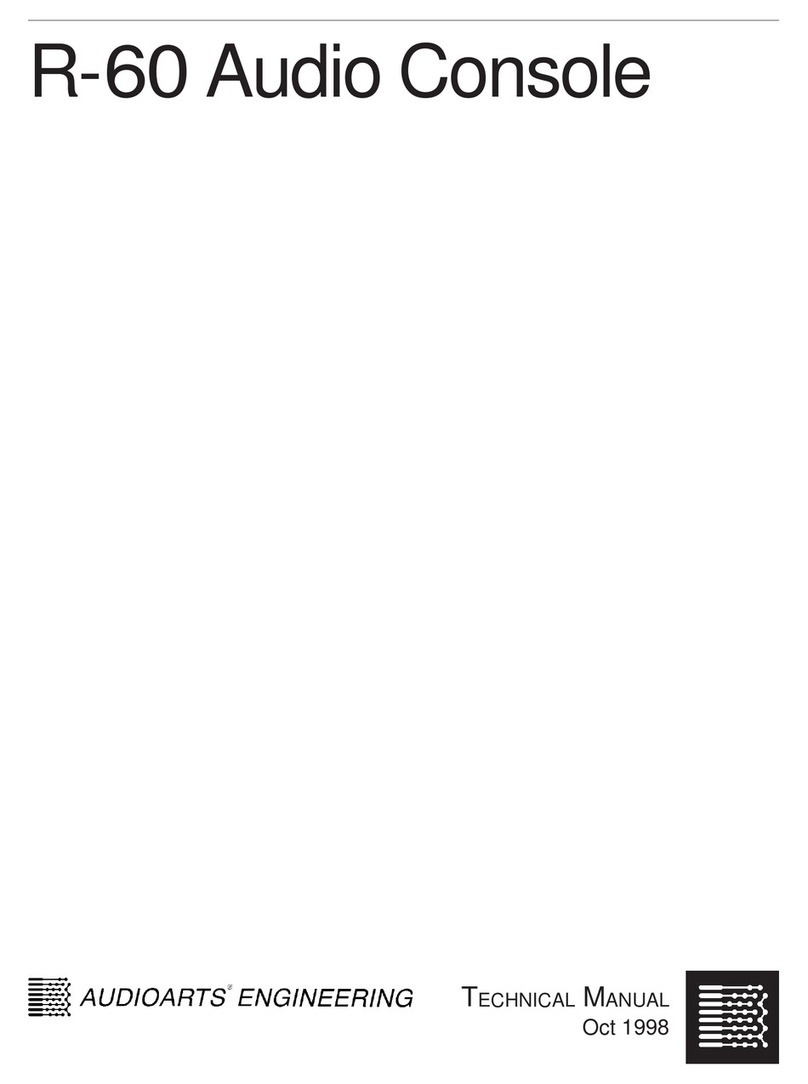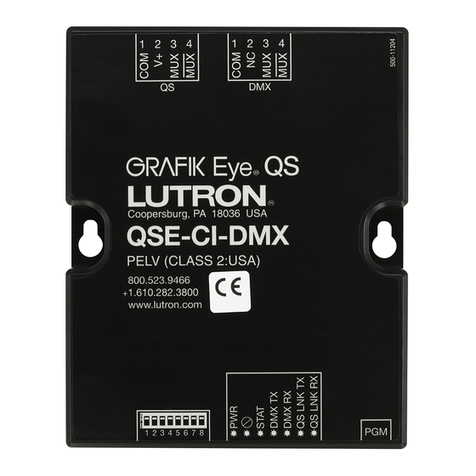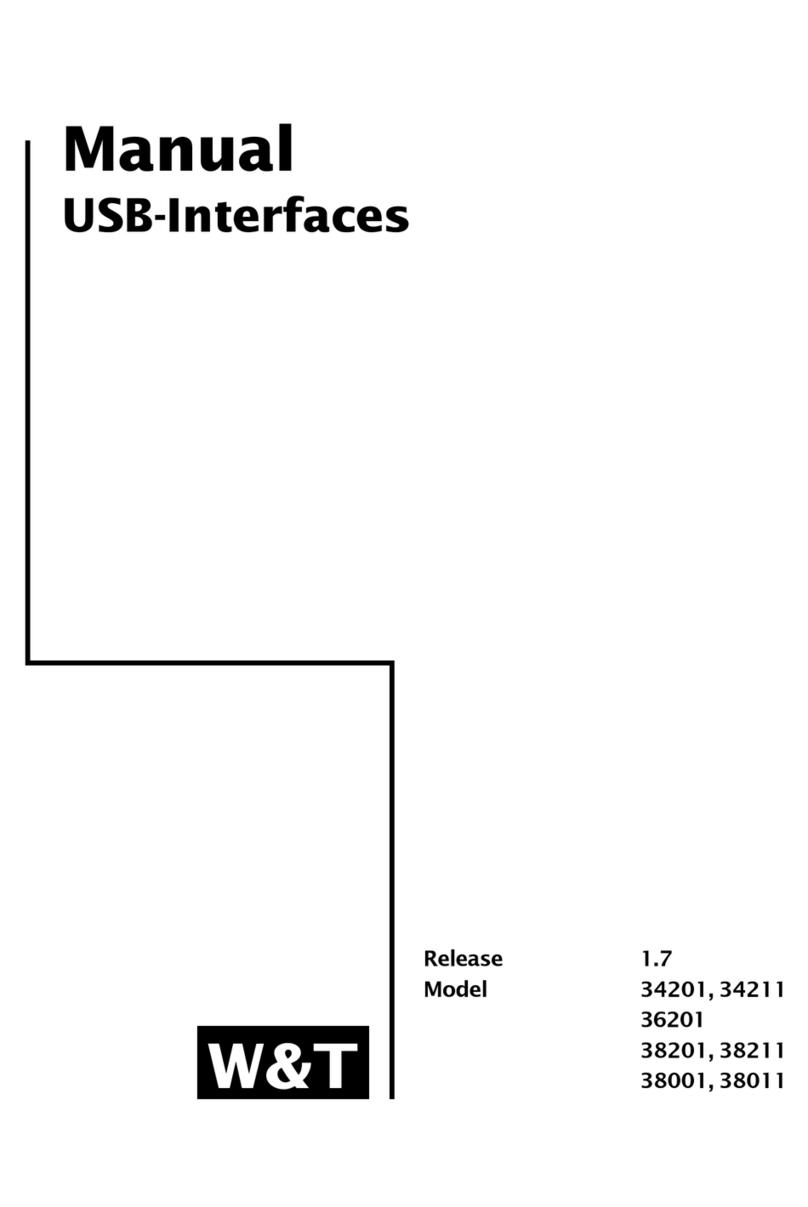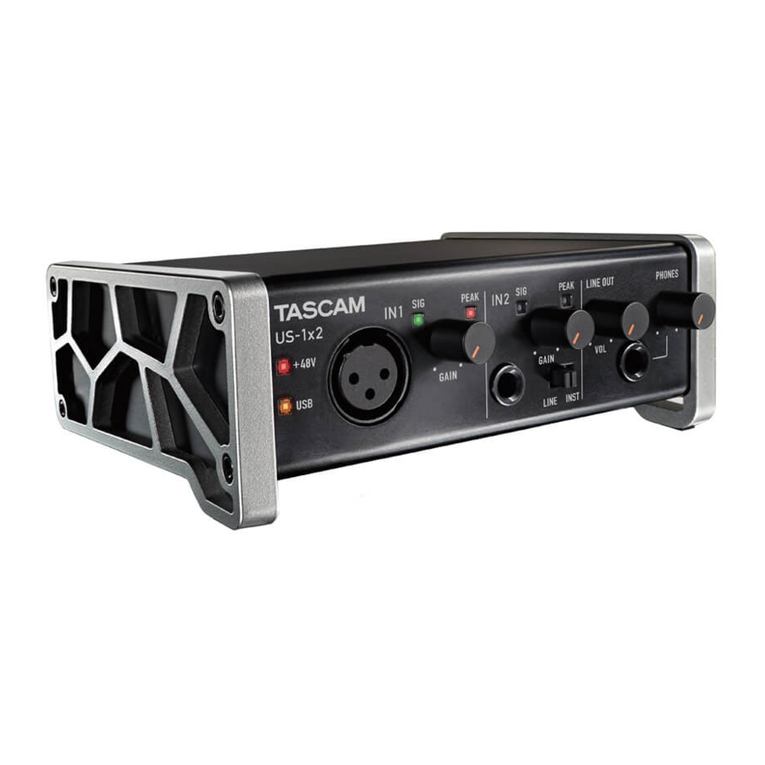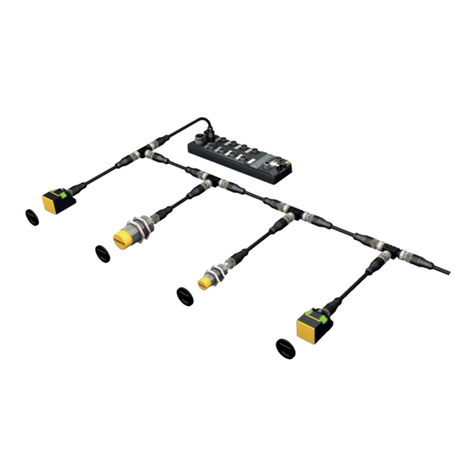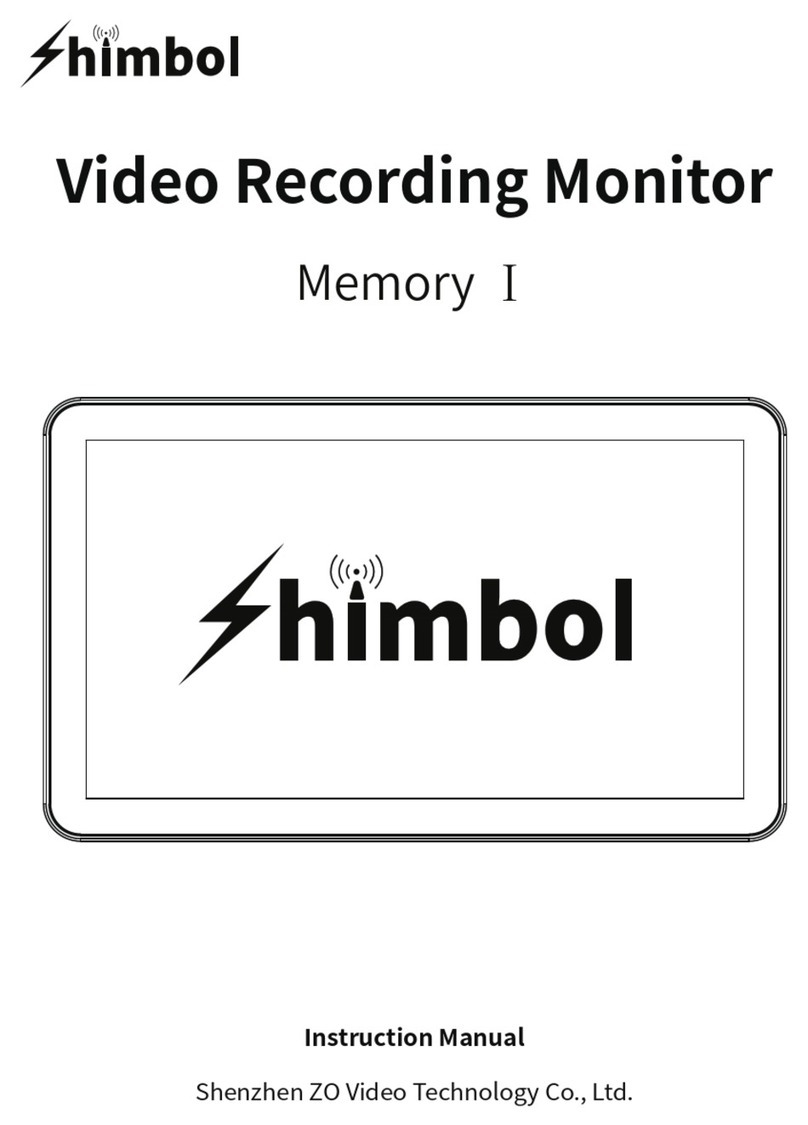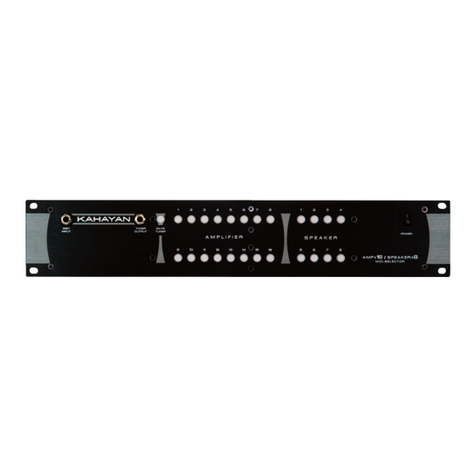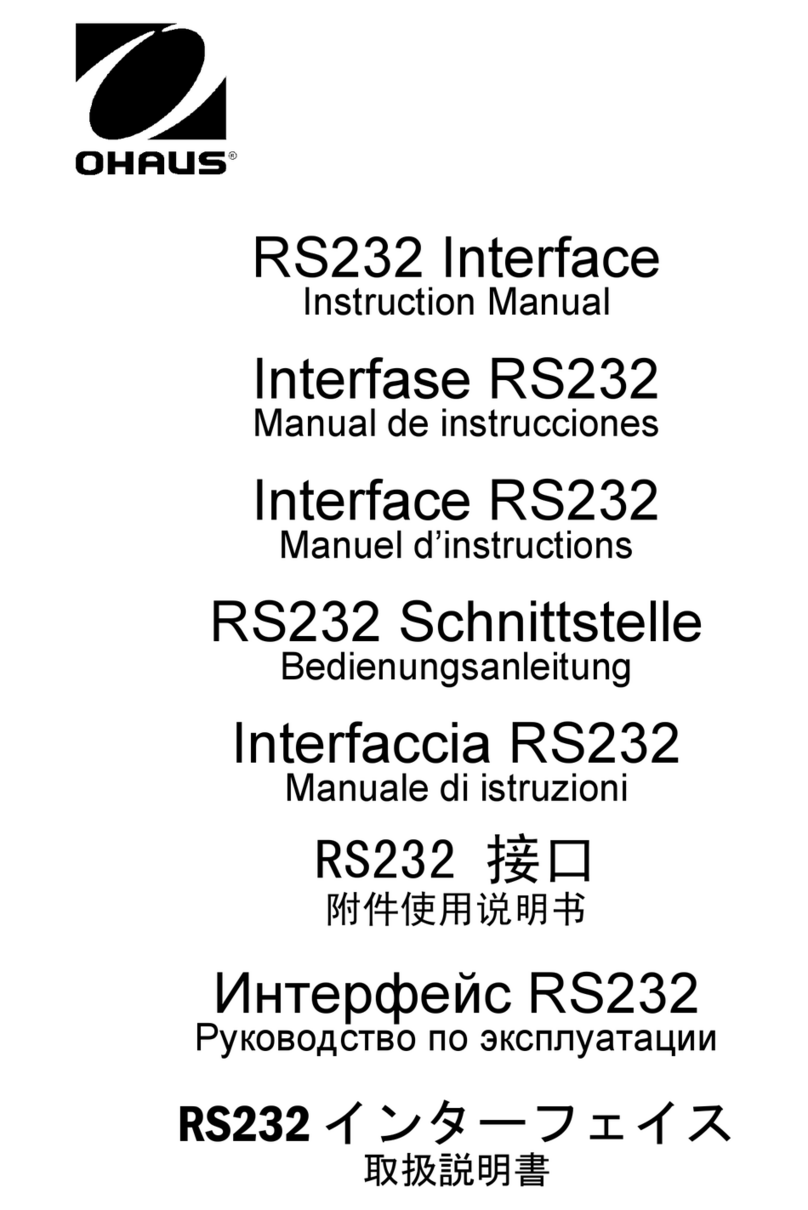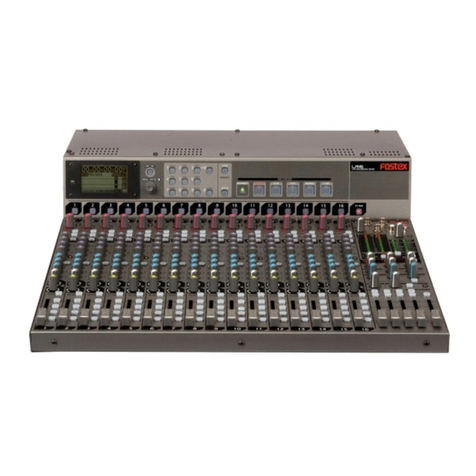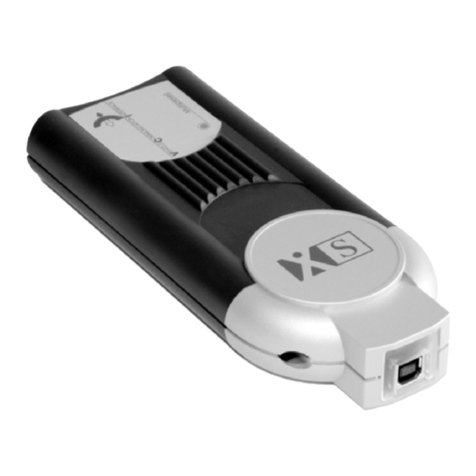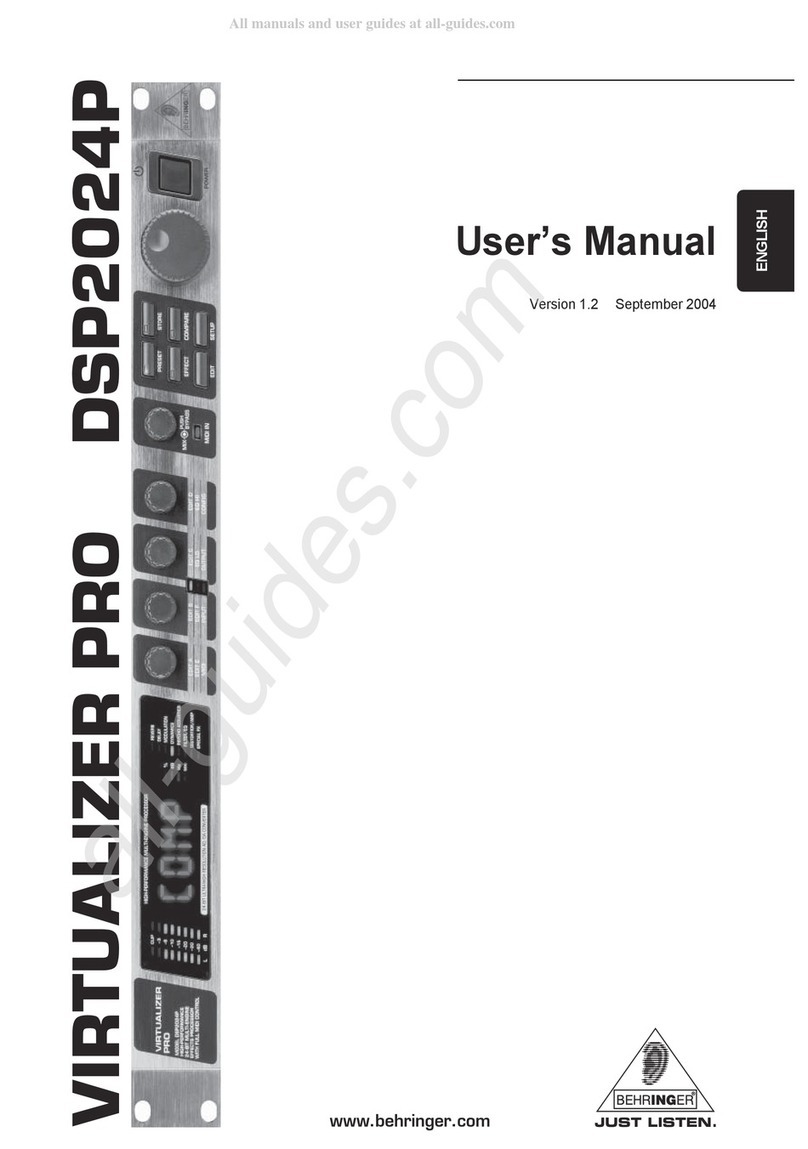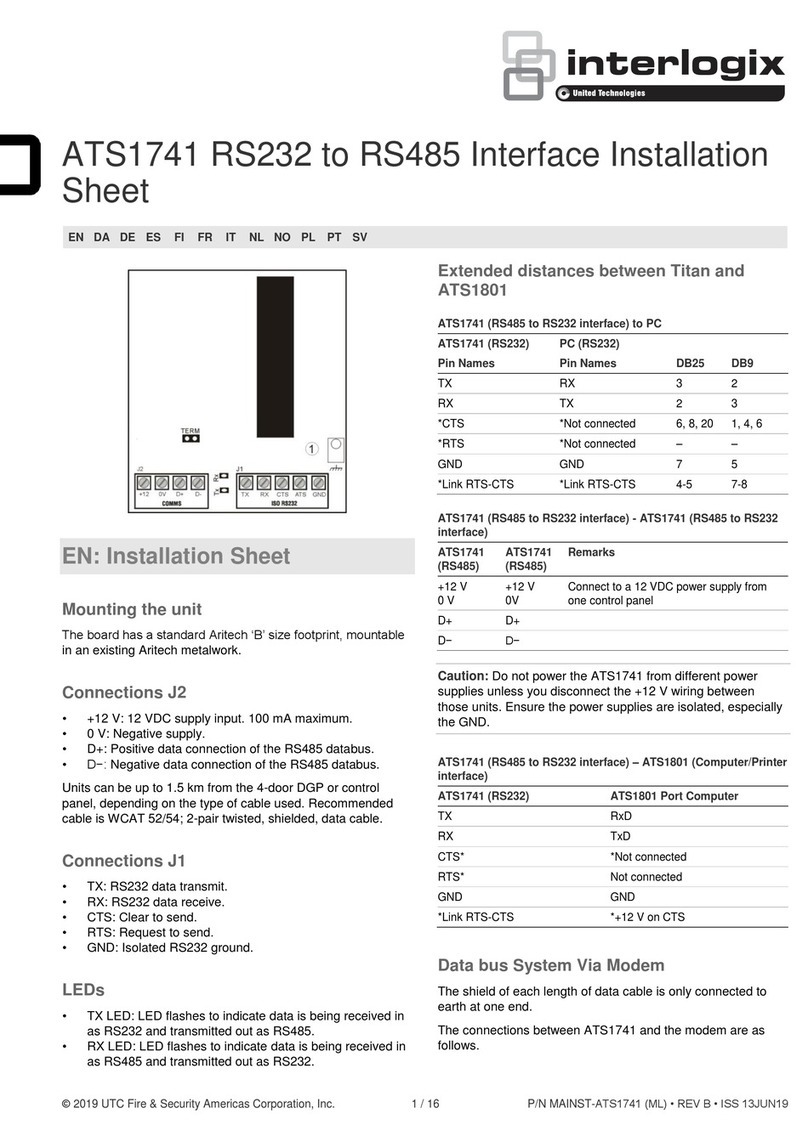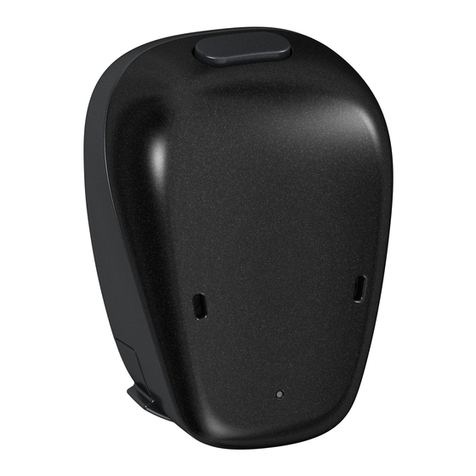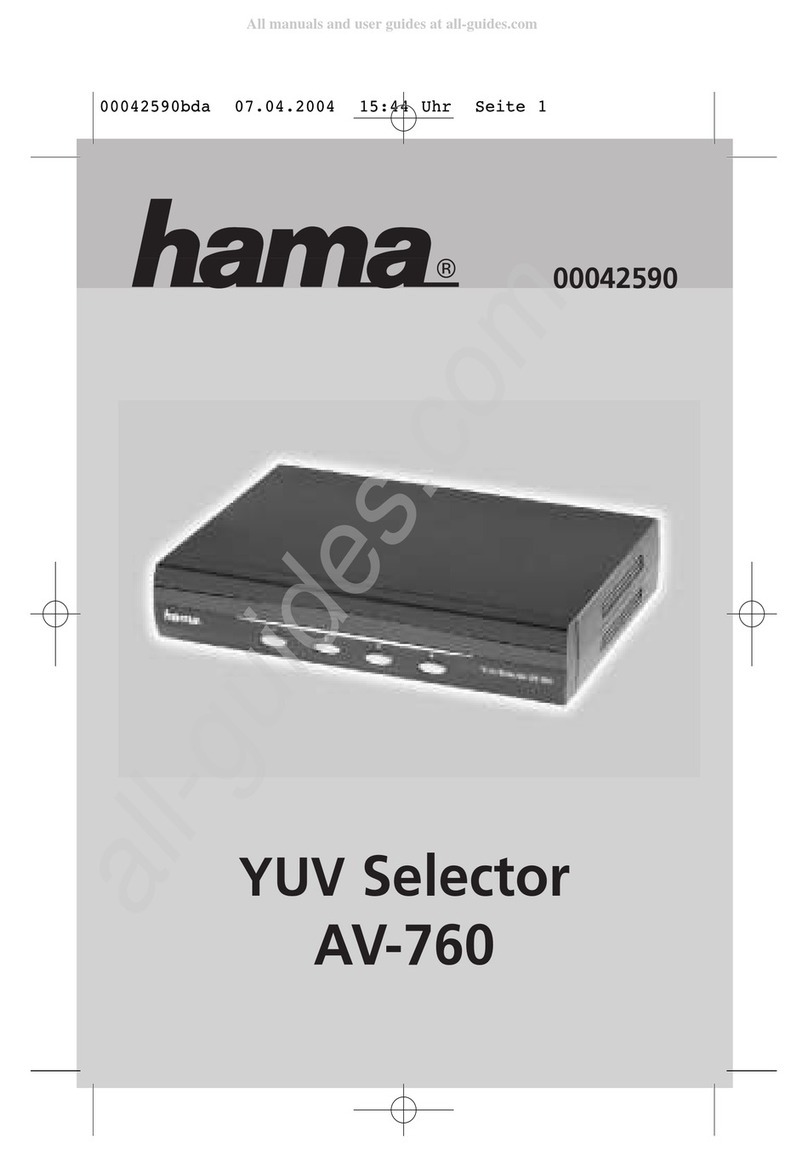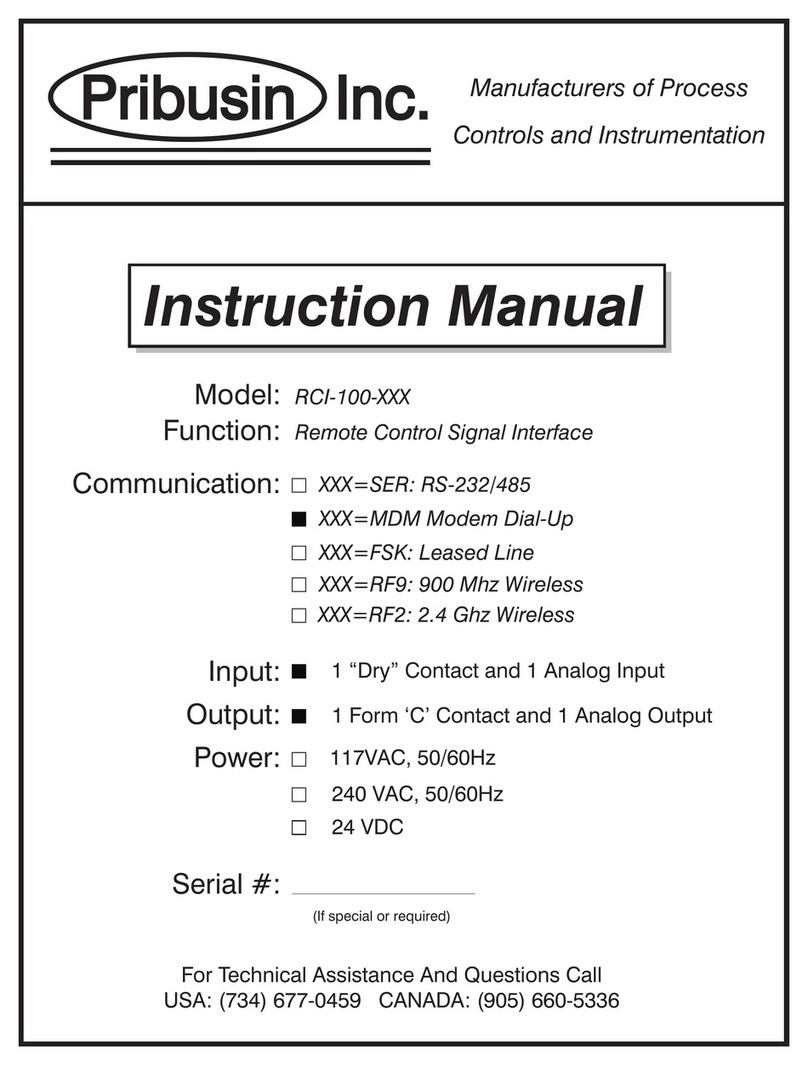
page Contents – 2
D-76 / Feb 2015
CONTENTS
Module Overview...........................................................................3-2
Internal Programming Options.....................................................3-3
Mutes..........................................................................................................................3-3
Tallies..........................................................................................................................3-3
Timer Restart..............................................................................................................3-3
Talkback .....................................................................................................................3-3
Attenuation .................................................................................................................3-4
EFS - European Fader Start .......................................................................................3-4
UTIL Pre-Fade/Pre-On Defeat....................................................................................3-4
B Source Logic Options .............................................................................................3-5
External AES Sync Input ............................................................................................3-5
Hook-Ups........................................................................................3-7
Analog Audio Connections (ADC-76) .........................................................................3-7
Digital Audio Connections (SRC-76) ..........................................................................3-7
Logic Connections .....................................................................................................3-7
Remote ON/OFF.....................................................................................................3-7
Cough.....................................................................................................................3-8
External Start/Stop.................................................................................................3-8
Ready .....................................................................................................................3-8
Talkback to Control Room......................................................................................3-8
On Tally...................................................................................................................3-8
B Tally .....................................................................................................................3-9
RJ-45 Connector Pinout Drawing ...............................................3-10
IN-76 Stereo Line Input Module Signal Flow Diagram ..............3-11
Module Overview...........................................................................4-2
Internal Programming Options.....................................................4-3
Sampling Frequency for Console Outputs .................................4-3
Hook-Ups........................................................................................4-4
RJ-45 Connector Pinout Drawing ................................................4-5
Output Module Signal Flow Diagram...........................................4-6
Module Overview...........................................................................5-2
Internal Programming Options.....................................................5-3
Cue Interrupt ..............................................................................................................5-3
CR/Cue Mute..............................................................................................................5-3
On-Air Tally Follows Program.....................................................................................5-3
Hook-Ups........................................................................................5-4
RJ-45 Connector Pinout Drawing ................................................5-5
Control Room Module Signal Flow Diagram...............................5-6
Chapter 4 - Output Module (OM-76)
Chapter 5 - Control Room Module (CR-76)
Chapter 3 - Stereo Line Input (IN-76)




















